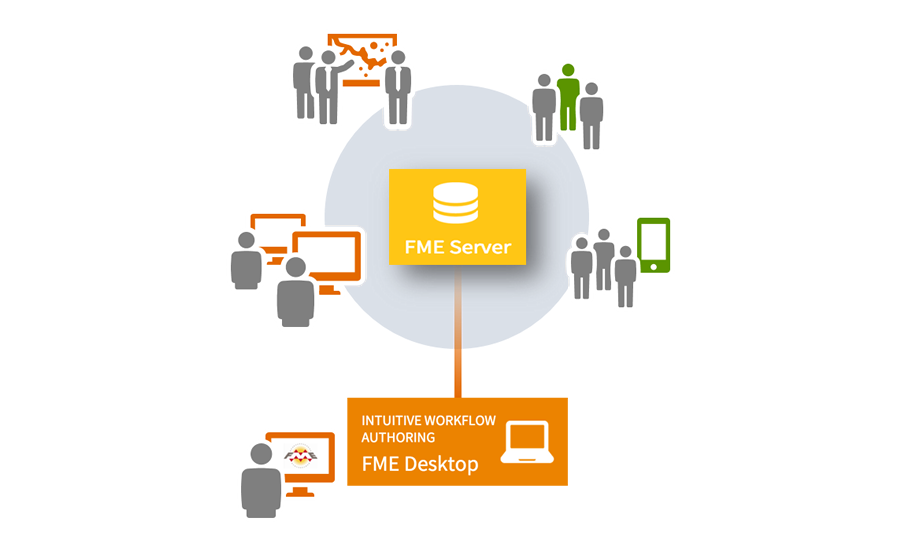

There are about 25 lakh unregistered food processing enterprises which constitute 98% of the sector and are unorganized and informal. Increased access to common services like sorting, grading, processing, packaging, storage etc. Scheme envisages increased access to credit by existing micro food processing entrepreneurs, women entrepreneurs and entrepreneurs in the Aspirational Districts.īetter integration with organized markets. The project is likely to generate nine lakh skilled and semi-skilled jobs. It will enable them to formalize, grow and become competitive. Nearly eight lakh micro- enterprises will benefit through access to information, better exposure and formalization.Ĭredit linked subsidy support and hand-holding will be extended to 2,00,000 micro enterprises for expansion and upgradation. The Scheme would attempt to fill in the gaps, where support is not available from other sources, especially for capital investment, handholding support, training and common infrastructure. Support from the existing schemes under implementation by the Government of India and State Governments would be availed under the scheme. State/ UT Nodal Agency (SNA) would be responsible for implementation of the scheme at the State/ UT level including preparation and validation of State/ UT Level Upgradation Plan, Cluster Development Plan, engaging and monitoring the work of resource groups at district/ regional level, providing support to units and groups, etc.Ī National level portal would be set-up wherein the applicants/ individual enterprise could apply to participate in the Scheme.Īll the scheme activities would be undertaken on the National portal. The State/ UT Government will notify a Nodal Department and Agency for implementation of the Scheme. The States/ UTs will prepare Annual Action Plans covering various activities for implementation of the scheme, which will be approved by Government of India.Ī third party evaluation and mid-term review mechanism would be built in the programme. The Scheme would be monitored at Centre by an Inter-Ministerial Empowered Committee (IMEC) under the Chairmanship of Minister, FPI.Ī State/ UT Level Committee (SLC) chaired by the Chief Secretary will monitor and sanction/ recommend proposals for expansion of micro units and setting up of new units by the SHGs/ FPOs/ Cooperatives. Grant will be provided to FPOs for backward/forward linkages, common infrastructure, packaging, marketing & branding.Īdministrative and Implementation Mechanisms Seed capital will be given to SHGs 4 lakh per SHG) for loan to members for working capital and small tools. The scheme will be rolled out on All India basis.īack ended credit linked subsidy will be provided to 2,00,000 units. Grant for backward/ forward linkages, common infrastructure, packaging, marketing & branding. Seed capital to SHGs for loan to members for working capital and small tools. On-site skill training & Handholding for DPR and technical upgradation. Micro enterprises will get credit linked subsidy 35% of the eligible project cost with ceiling of Rs.10 lakh.īeneficiary contribution will be minimum 10% and balance from loan. Scheme will be implemented over a 5 year period from 2020-21 to 2024-25. Expenditure to be shared by Government of India and States at 60:40.Ģ,00,000 micro-enterprises are to be assisted with credit linked subsidy. Special focus on women entrepreneurs and Aspirational districts.įocus on minor forest produce in Tribal Districts.Ĭentrally Sponsored Scheme. Transition from the unorganized sector to the formal sector. Strengthening capacities of support systems. Increase in revenues of target enterprises.Įnhanced compliance with food quality and safety standards.

Support is provided for translating several aspects of a Geodatabase, and with the size of ESRI’s ArcObjects, further expansion of the reader/writer will almost certainly continue to cover more diverse aspects of the format.Increase in access to finance by micro food processing units. The Geodatabase reader and writer modules allow FME to store data in and retrieve data from ESRI’s Geodatabase. Please see the Quick Facts for additional information about licensing. The bit version, 32-bit or 64-bit, must be the same for FME and ArcGIS.
#Fme enterprise install#
Note: To use FME’s Esri Geodatabase Reader/Writer, you must also install ArcGIS ® Desktop. You are here: Popular Formats > Esri Geodatabase Reader/Writer Esri Geodatabase Reader/Writer


 0 kommentar(er)
0 kommentar(er)
